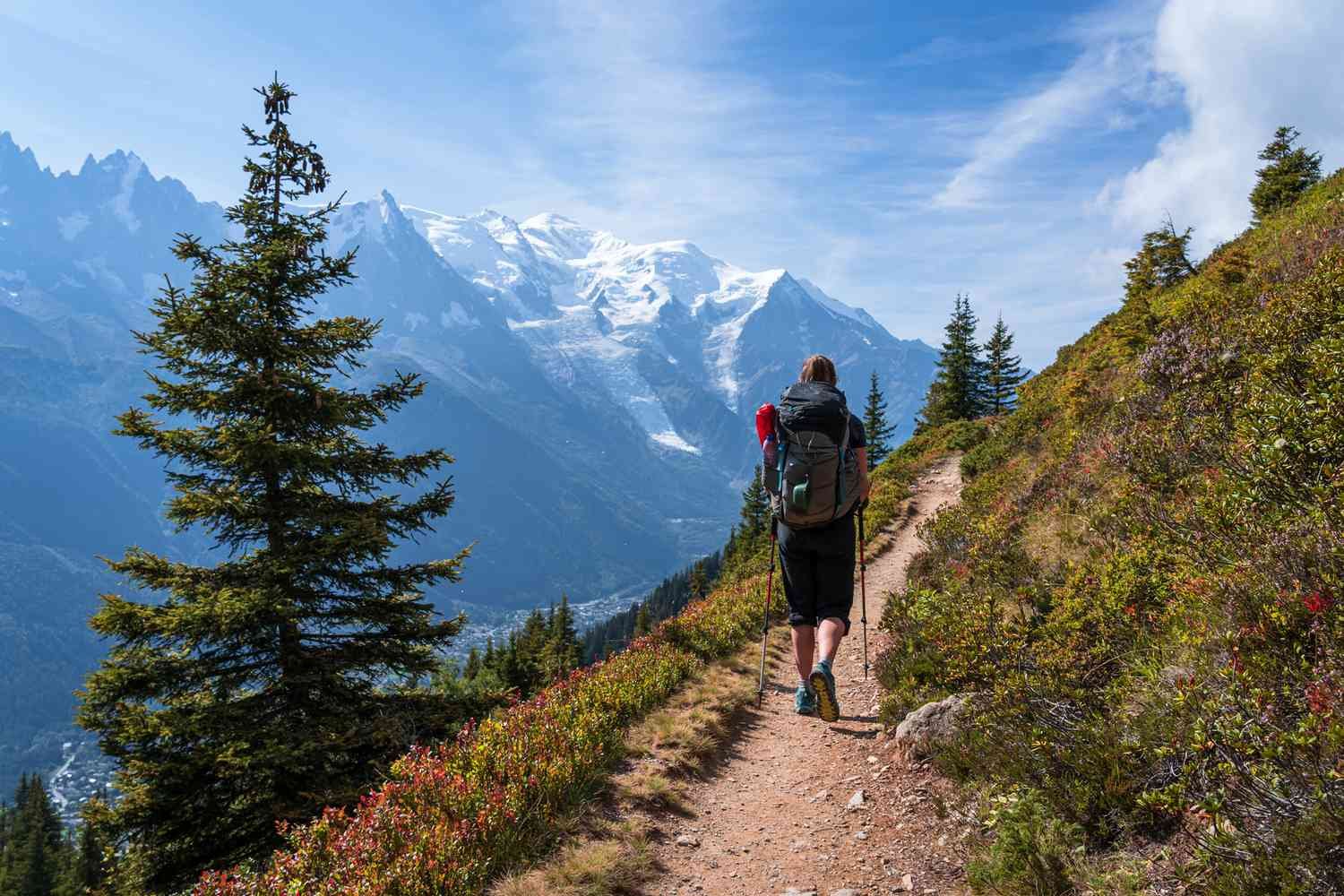Walking about a new nation and getting acclimated to the everyday routines of the locals is one of the many delights of travel. You can better enjoy the immensity of the terrain, take in new sights and sounds, and adjust to weather changes when you slow down.
Most importantly, the experiences you have by happenstance with locals and other tourists are the ones you won’t soon forget. I have hiked in various countries and hemispheres throughout the years, and they are cherished recollections.
1.] The Forgotten City, Colombia.
For all adventurous tourists, a walk to the Lost City (Ciudad Perdida) ought to be at the top of the itinerary. The walk takes four days to complete, and even though it only covers 52 km, it’s not for the timid. The journey begins in Santa Marta, which is located on the Caribbean coast of Colombia at the base of the Sierra Nevada Mountains.
2.] Japan’s Northern Alps.
Tateyama, located in the Northern Alps of Japan, is an excellent starting point for mountain exploration. A four-day hike circles the sacred Mount Tateyama, passes the largest waterfall in Japan, the Shomyo Falls, and returns to Jigokudani, also known as Hell Valley. When pilgrims first arrived, they thought that the hot springs were a portal to the underworld, and naturally, the sulphurous stench didn’t hurt.
3.] Spain’s Camino Primitivo.
There are numerous ways that go to Santiago de Compostela, and everyone desires to walk the Camino. The most well-traveled route, the French Way, may get extremely crowded and has some dull, tedious stretches. Instead, go through isolated parts of Asturias on the Camino Primitivo as you travel from Oviedo to Santiago. It’s more demanding but incredibly peaceful.
4.] Gran Canaria, Canary Islands, Spain’s GR131.
The GR131 is an island-hopping route that crosses all of the Canary Islands from coast to coast and east to west. This stretch begins and ends at the sea, traversing the hilly core of Gran Canaria. It’s amazing that the route will be all yours and there won’t be any package tourists in sight.
5.] GR132 located in La Gomera, Spain’s Canary Islands.
La Gomera is a roughly 1500-meter-tall circular outcrop of volcanic rock that rises out of the ocean. One of the most pristine islands in the Canary Islands, GR132 traces the entire island’s coastline. There are a lot of ups and downs because the path is split in half by numerous steep-sided barrancos, or canyons.
6.] Eagle Walk in Austria’s Tyrol.
With a total elevation gain of 31,000 metres, this 413 km track travels through Austria in 33 sections from east to west. The breathtaking alpine environment, including forested mountainsides, cascading waterfalls, and falling torrents, is well worth the effort. It begins in North Tyrol’s Wilder Kaiser Mountains and ascends to 2,300 metres through towering, angular rock formations.
7.] In Luxembourg, GR5.
Hundreds of km of marked walking trails may be found across Luxembourg, a country smallest in size in Europe, including a portion of the GR5, which connects the North Sea to the Mediterranean. Although the Ardennes hills can be difficult, the trail continues south past riverbank vineyards until it reaches the border.
8.] Fjords in Norway.
The majority of visitors visiting Norwegian fjords see them from the cruise ship’s decks, but walking around and exploring is far more satisfying. Luckily, they have planned a number of iconic hikes from Bergen to Stavanger. For breathtaking vistas, each one requires ascending the steep fjord cliffs from the water’s edge. Walking there is thrilling and not for the timid.
9.] Vicentina Rota, Portugal.
The trail begins in Porto Covo, south of Lisbon, and ends at Cape St Vincent, the farthest south-westerly point of Portugal and mainland Europe, following the rugged Atlantic coastline. Although it takes nine days, the scenery is breathtaking, with enormous waves crashing against steep cliffs and expansive sandy beaches below. For generations, the greatest places to fish along the shore have been identified by local fisherman using these trails.
10.] Italy, Slovenia, Austria, and the Alpe-Adria Trail.
The Alpe-Adria Trail spans 750 km, beginning at the base of the Grossglockner, the highest mountain in Austria at 3,798 metres, and ending in Slovenia before reaching Italy close to Trieste on the Adriatic coast. It’s simple walking, more like a leisurely stroll after you leave Austria, but you’ll need at least a month to complete it all. The section in Slovenia along the River Soča is the highlight.
11.] Italy’s Gardena Crown.
The Dolomite Mountains, which are in Italy’s northeast near the Austrian border, are a hiker’s dream come true. A four-day circuit that begins and ends in Ortisei, Val Gardena, serves as an excellent introduction to the Alta Via long-distance routes that cross the area. With vistas of their thrusting pale spires that shift with every step, these are my favourite mountains in all of Europe.
12.] Strolling through Poldark Country.
Cornwall’s coastline pathways are well-known, but you should also explore the untamed interior. This six-day walk circles around St Ives, where it explores unspoiled environment before returning to the shore in Penzance. It then continues on to Land’s End before veering northward along Poldark County’s untamed, jagged cliffs. This is the region of tin mines, with abandoned engine houses perilously situated near the ocean.
13.] The Way of Essex.
Hiking wouldn’t be the first thing that springs to mind when one mentions Essex. It’s mostly flat and devoid of mountains, but it’s nevertheless one of England’s most pristine counties. The Essex Way begins in Epping and travels through the Constable region before arriving at Harwich’s waterfront. The 81 miles can be covered in either direction, and it takes about 10 days to complete.

